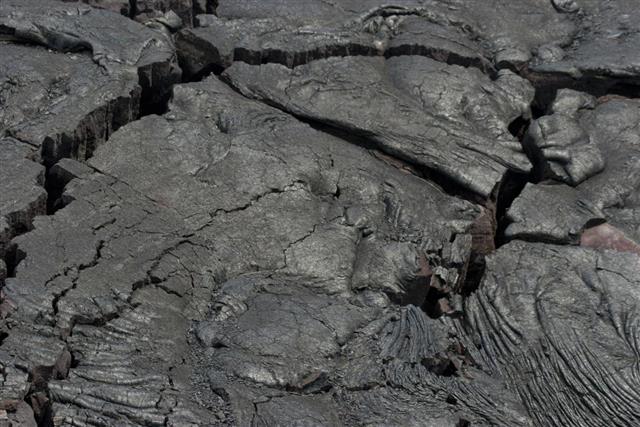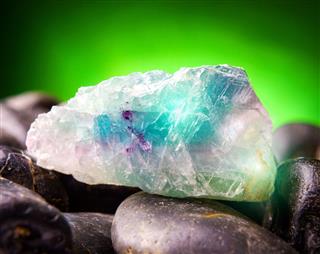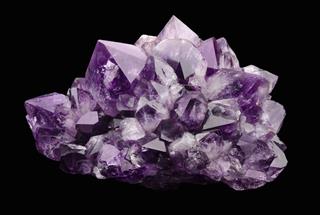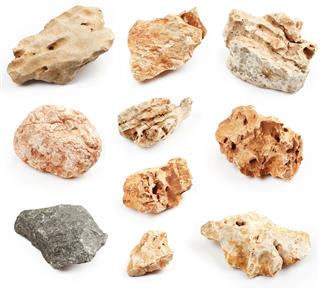
The terms rocks and minerals are incorrectly used as synonyms, as the difference between the two remains unclear. Find out what sets them apart from each other by reading this article.
Myriad colors, intriguing shapes, and different sizes of rocks have always fascinated us. No matter how old we get, we will pick up a gleaming flint stone amongst a bed of rocks and twirl it between fingers to see what it looks in sunlight. The fact remains that rocks intrigue each and every one. Every rock has a story of its own, of how it was formed, how weathered it is, and to which class of rocks does it belong to. The whole of Earth is made up of rocks and minerals which date back to prehistoric ages. So, if you are curious to know a little more about them, read on.
Interesting Facts about Rocks and Minerals
- A rock is a solid substance that occurs naturally due to geological process of solidification, sedimentation and metamorphism.
- Every rock is made up of various minerals. However, a mineral is an inorganic solid that has one chemical composition.
- The structure of a rock is not uniform. Various minerals and weathering give the rock its texture. However, a mineral has definite crystalline structure, which gives it a unique color.
- Broadly, rocks can be classified into three types, namely, igneous, sedimentary and metamorphic rocks.
- A rock is formed when magma erupts from the Earth’s core and solidifies due to the difference in the temperature outside.
- Chemical sedimentary rocks are a result of dissolved minerals which are left behind when water evaporates.
- The oldest rocks on the surface of the Earth are igneous rocks.
- The constant exposure to sun, water and wind bring about a change in size and shape of the rocks.
- A rock is a continuous process of formation, being worn down and then forming again. This process is known as the Rock Cycle.
- Pumice is an igneous rock, formed when frothy lava solidifies. This is the only rock that floats.
- Fossils are found in sedimentary rocks.
- Metamorphic rocks are the ones that have changed from either being sedimentary or igneous.
- Gemstones are minerals and not rocks, as they are popularly addressed.
- A mountain is essentially a rock.
- Sand is a result of constant weathering of rocks.
- There are more than 4000 minerals identified by geologists and scientists. But this is not the maximum number as there are new reports that suggest the discovery of new minerals annually. Minerals are further divided into metals and non-metals. For instance copper, silver and gold are metals and elements such as carbon and sulfur make diamond and graphite, which are not metals.
Difference Between Rocks and Minerals
To begin with, a mineral is a solid formation that occurs naturally, while a rock uses a minimum of two minerals to form naturally. Minerals have a definite crystalline structure, which gives them a distinct color and identifiable characteristics. A mineral is devoid of any organic remnants. On the other hand, rocks are classified according to the process of their formation. A rock can contain fossils, mineraloids and other organic matter. As minerals are pure in nature, they are valued more than rocks. This is why rocks are mined to extract minerals from ores. The actual rock at the Earth’s surface consists of magnetite, quartz, feldspar, mica, epidote and more minerals. But when the molten magma erupts it gets mixed with other organic matter on the surface.
The first type of rock ever to be formed was the igneous rock. This was followed by sedimentary rocks, which were as a result of sedimentation and chemical precipitation. This is the reason why they have a high possibility of containing fossils. Sandstone, shale and siltstone is a famously seen example of a sedimentary rock. The third type of rocks are metamorphic rocks, which are formed when one rock transforms into another.
Many a time, the term rock is incorrectly used for a precious mineral. To put it simply, minerals are crystals and rocks are made up of these crystals. Hope this article has given you clarification about what are rocks and how they differ from minerals.



























